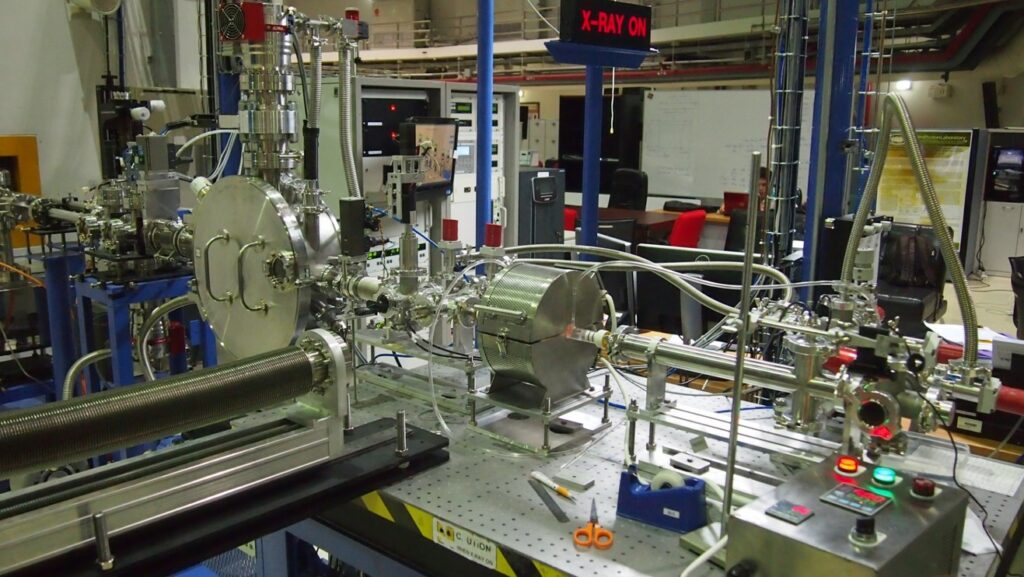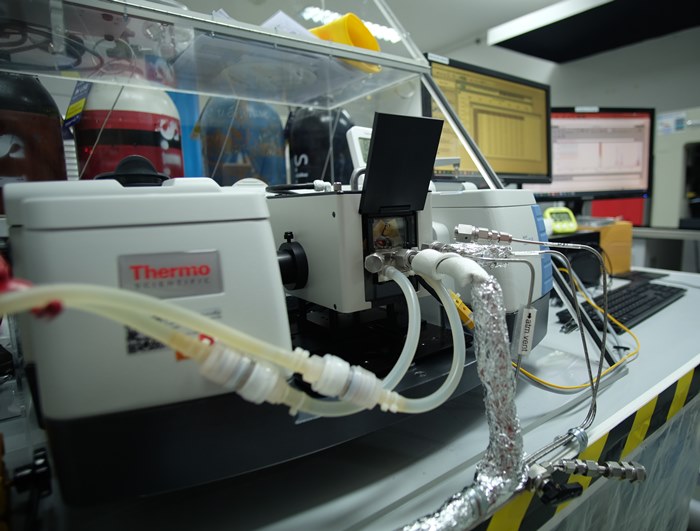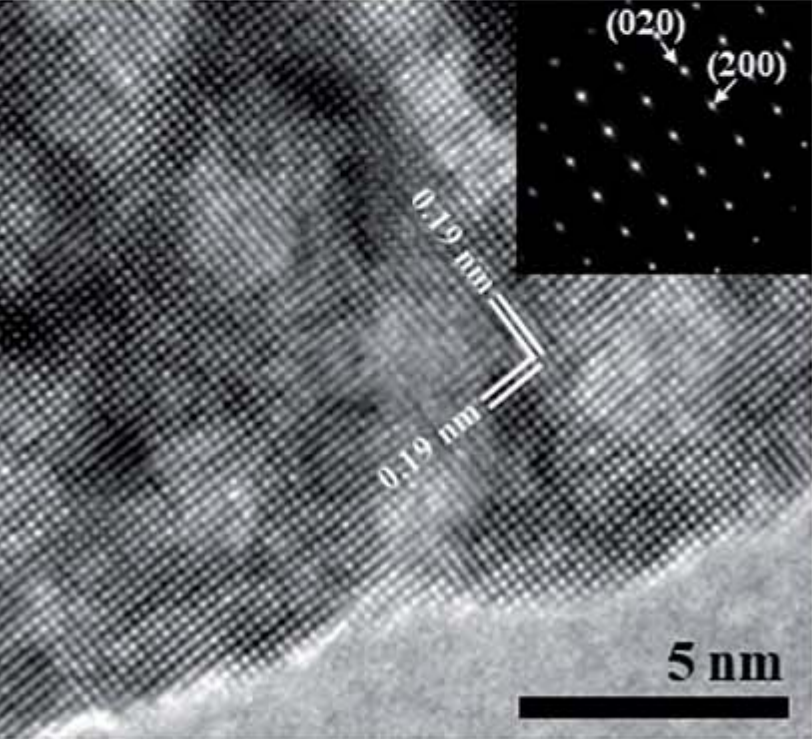National Science and Technology Development Agency | National Nanotechology Center
Research
Advanced materials analytics
Several analytical tools are routinely used in our lab to characterize material properties to understand their physicochemical properties and their applications. Our group is equipped with the following instruments:
- Surface analyzer to determine surface areas and pore size distribution in the micropore and mesopore regions using N2 gas. Other gases such as methane and carbon dioxide are also connected to the instrument to study gas storage property of materials.
- Porometer to determine pore size distribution in the macropore region
- Chemisorption analyzer to investigate reducibility using H2 gas, acidity of catalysts using NH3 probe, basicity using CO2
- Infrared spectrometer
- UV-vis spectrometer
- CHNS elemental analyzer
- Potentiostat to study redox properties
- Online and offline gas chromatographs equipped with FID, TCD, MS detectors
- High-performance liquid chromatographs equipped with RID, UV, MS detectors
We also have access to other instruments within NANOTEC and NSTDA. Typical instruments we used include nuclear magnetic resonance spectrometer (NMR), thermal gravimetric analyzer (TGA), scanning electron microscope (SEM), transmission electron microscope (TEM), X-ray fluorescence spectrometer (XRF), powder X-ray diffractometer (PXRD), single-crystal X-ray diffractometer (SXRD), X-ray photoelectron spectrometer (XPS).
Aside from these techniques, we deep dive into the origin of catalyst properties under realistic conditions using in situ X-ray absorption spectroscopy through a collaboration with BL 5.2 at Synchrotron Light Research Institute (SLRI) and operando/in situ diffuse reflectance infrared spectroscopy (DRIFTS).

IN SITU X-RAY ABSORPTION SPECTROSCOPY (XAS)
In situ X-ray absorption spectroscopy (XAS) is an element-specific technique to probe the oxidation state and the coordination of the element of interest under gas feed conditions. In collaboration with Synchrotron Light Research Institute (SLRI) and Suranaree University of Technology (SUT), we have developed an in situ cell for XAS. The cell can be heated upto 800 °C and flowed with several gases.

OPERANDO AND IN SITU INFRARED SPECTROSCOPY
Investigation of reaction sites and reaction intermediates under realistic conditions is pivotal for catalyst development. We utilized a Fourier-transform infrared spectrometer (FTIR) equipped with a reaction cell capable of heating the catalyst (upto 600 °C) under atmospheric and pressurized gas conditions (upto 20 bars). The outlet of the reaction cell can also be analyzed using a quadrupole mass spectrometer.
Several types of experiments can be performed on this setup both in diffuse reflectance infrared Fourier transform spectroscopy (DRIFTS) and transmission modes including:
- In situ and operando FTIR of adsorbed pyridine, ammonia and deuterated acetonitrile for acid types determinations (Lewis vs Brønsted)
- In situ FTIR of adsorbed carbon monoxide to investigate the electronic properties
- In situ FTIR of adsorbed CO2 to study basicity
- Investigation of reaction intermediates under realistic conditions

ELECTRON MICROSOCPY AND MICROANALYSIS
Electron microscopy is one of the most powerful techniques that enables the analysis of morphology, atomic arrangements, nanostructure and localized elemental composition. We have extensive experiences in the following techniques:
- Transmission Electron Microscopy (TEM)
- High-resolution Transmission Electron Microscopy (HR-TEM)
- Scanning Transmission Electron Microscopy (STEM)
- High-angle Annular Dark Field (HAADF)
- Selected Area Electron Diffraction (SAED)
- Field-emission Electron Microscopy (FESEM)
- Energy-dispersive X-ray Spectroscopy (EDS)
